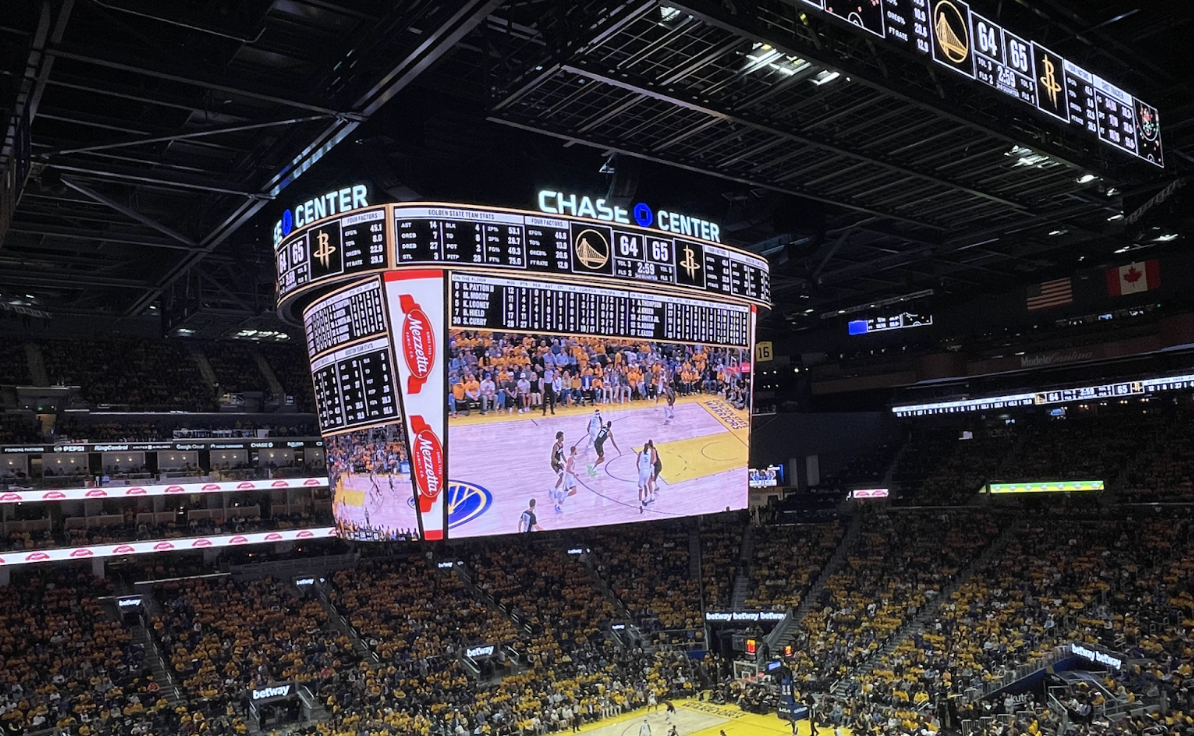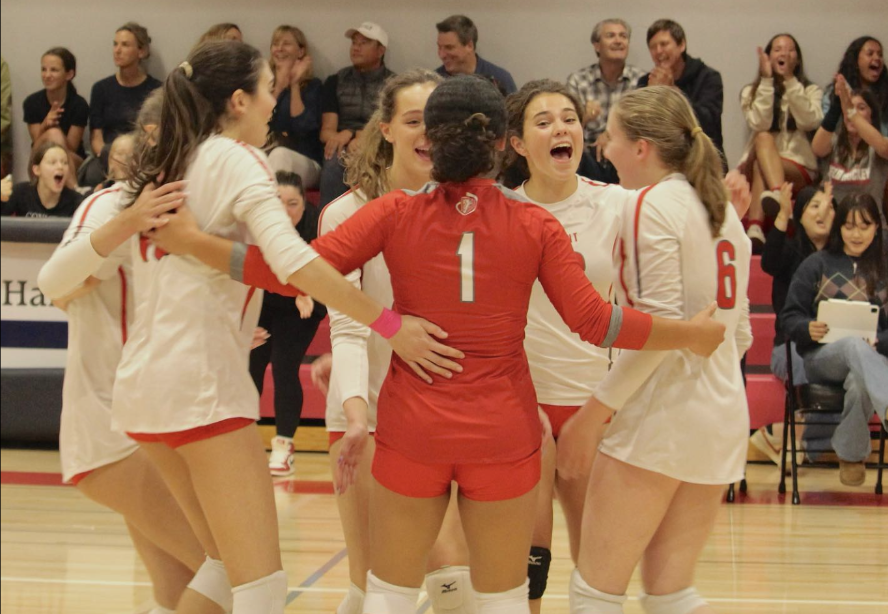Emma Herlihy
Assistant News Editor
Senior Kelsey Vickery attends weekly dance classes, but her sport is not just about toning muscles, but also preventing common injuries.
“In about seventh grade, my left knee was constantly bothering me and I learned that I had osgood-schlatters,” said Vickery, who has been dancing for 12 years with the Kennelley School of Irish Dance. “This knee issue led me to fracture my tibula two years ago, which kept me out of dancing for six months.”
Osgood-schlatters, an inflammation of the bone, cartilage, or tendon, is a common knee injury among adolescents.

“When a dancer has an injury at San Francisco Ballet, you would ice your injured body part instead of take part in class,” said Nicola Forbes, who is a student at the San Francisco Ballet School. “Injuries usually last a few days at the minimum, which is just enough time to fall behind in ballet because all of the other dancers taking class learn new steps and routines that you have to learn in your free time from a fellow dancer.”
Yet, dancing can strengthen bones, tone the entire body, increase stamina and flexibility, reduce stress and tension, according to the Nation Center on Physical Activity and Disability.
“Dancing not only makes you fit, it requires you to be fit to succeed,” said Vickery. “That’s why our classes are two hours long. We drill moves and practice each dance so that we have the stamina to go on stage and give our all for two and a half minutes, without managing to pass out as we walk off stage.”
Warming up before dancing and cooling down afterwards can help staying in good condition and preventing injuries. Most dance-related injuries are a result of overworked muscles that were previously underworked.
“The body needs to be warmed up before any type of exercise if it’s going to be strenuous,” said Star Dance Studio instructor Micky Powell. “We also make sure students are in the correct level of class, so they are not in something too strenuous.”
“It’s a great form of exercise as well as an original way to express yourself,” said Forbes. “I love it despite the injuries.”








